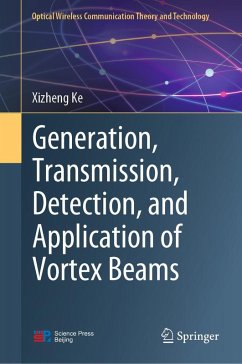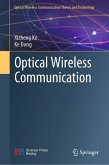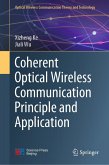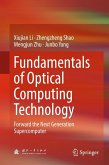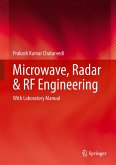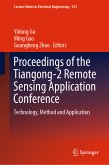This book focuses on the key technologies supporting orbital-angular-momentum multiplexing communication: generation, transmission, detection, and application of vortex beams. A series of methods for generating vortex beams are described and compared in detail. Laguerre-Gaussian and Bessel-Gaussian beams are taken as examples to introduce the transport properties of vortex beams in atmospheric turbulence. The authors show that superposition of vortex beam state, interference, diffraction, and grating can realize the detection of the topological charge of vortex beams. The authors also introduce the application of vortex beams in optical communication and the transmission characteristics of partially coherent vortex beams in atmospheric turbulence. Finally, the authors describe vortex beam information exchange and channel reconstruction.
Dieser Download kann aus rechtlichen Gründen nur mit Rechnungsadresse in A, B, BG, CY, CZ, D, DK, EW, E, FIN, F, GR, HR, H, IRL, I, LT, L, LR, M, NL, PL, P, R, S, SLO, SK ausgeliefert werden.

